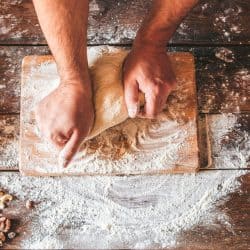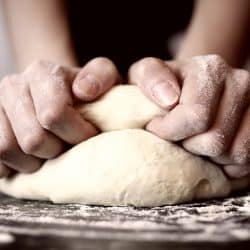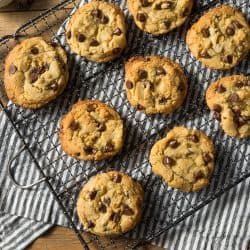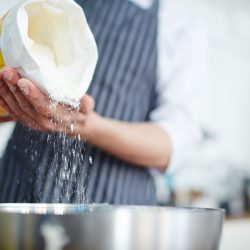Baking can be a joy or turn out to be an episode of Hell's Kitchen. One of the most prominent ingredients used in baking is yeast. Are you wondering if you can proof instant yeast? Well, don't despair! We've asked experts, and they gave us answers.
Absolutely not! You cannot proof instant yeast. Instead, instant dry yeast can be mixed in with other dry ingredients.
Different recipes call for either active dry or instant yeast. Continue reading as we clarify the difference between instant and active dry yeast.
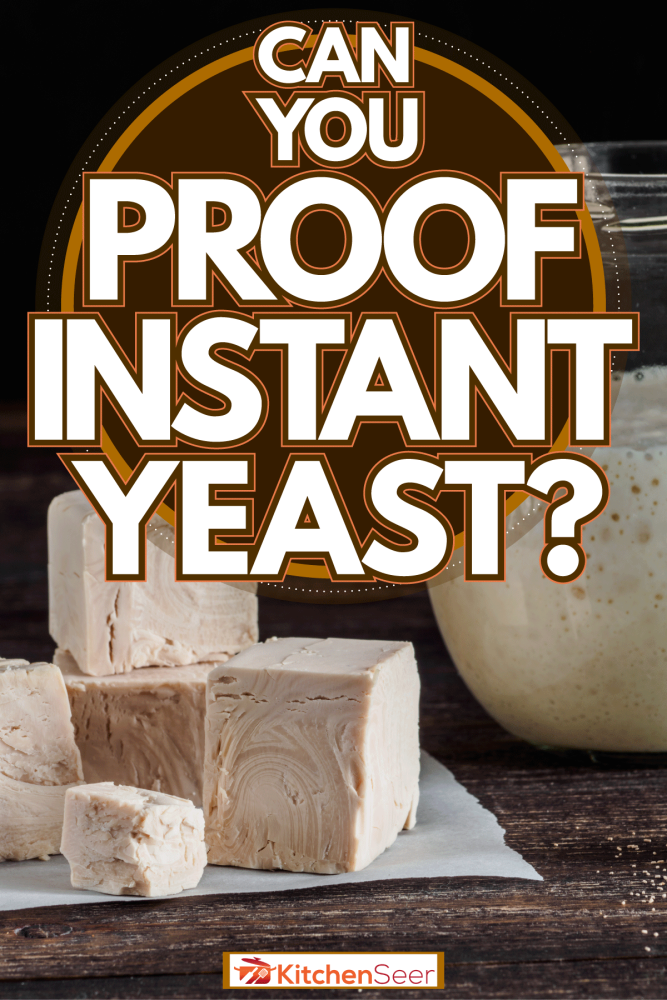
To Proof Or Not To Proof Instant Yeast
Culinary experts take the science and art of cooking seriously. Therefore, beginners and cooking fans should strive for perfection.
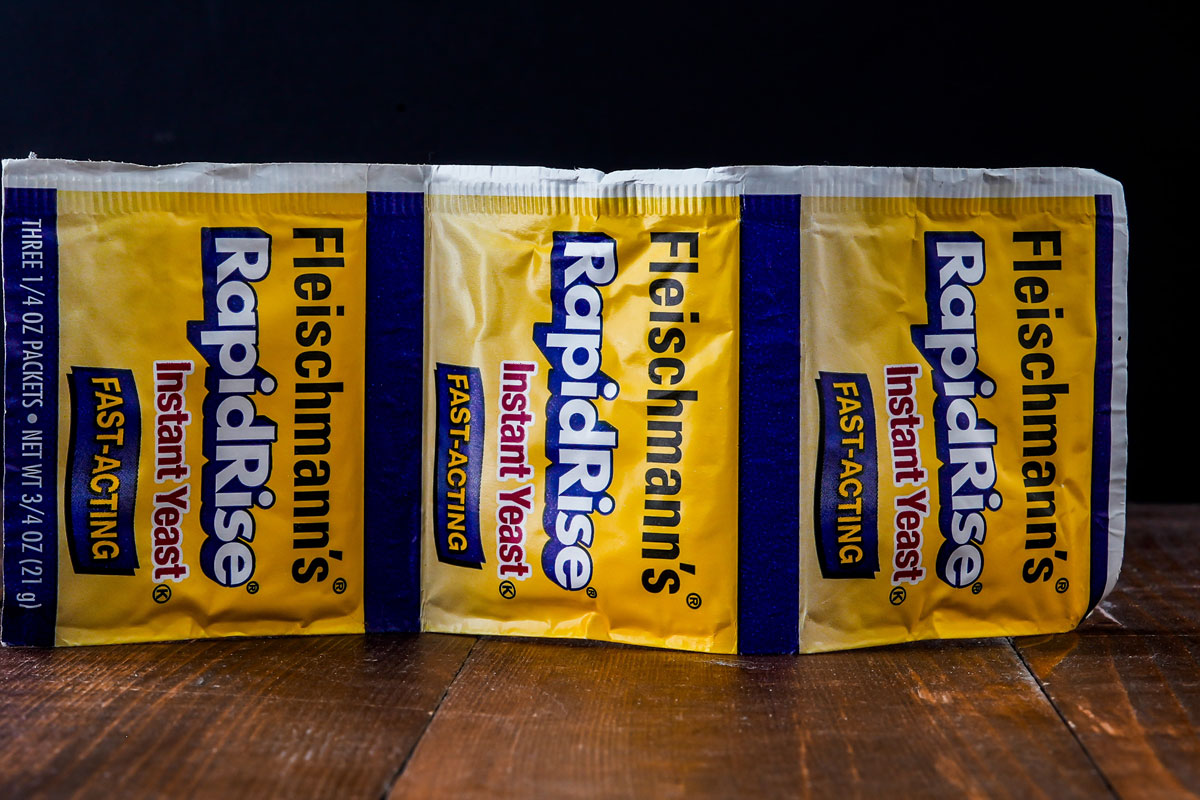
Perfection here means knowing the do's and dont's. Some recipes call for instant yeast, while others require using active dry yeast. Instant yeast has finer granules.
Scientifically speaking, instant yeast has living cells that don't have to be proofed or activated. On the other hand, active dry yeast is dormant and needs to be activated before use.
Types Of Baker's Yeast
Different recipes call for different types of yeasts. They differ in moisture content and the artisan's knowing how to work the yeast cultures.
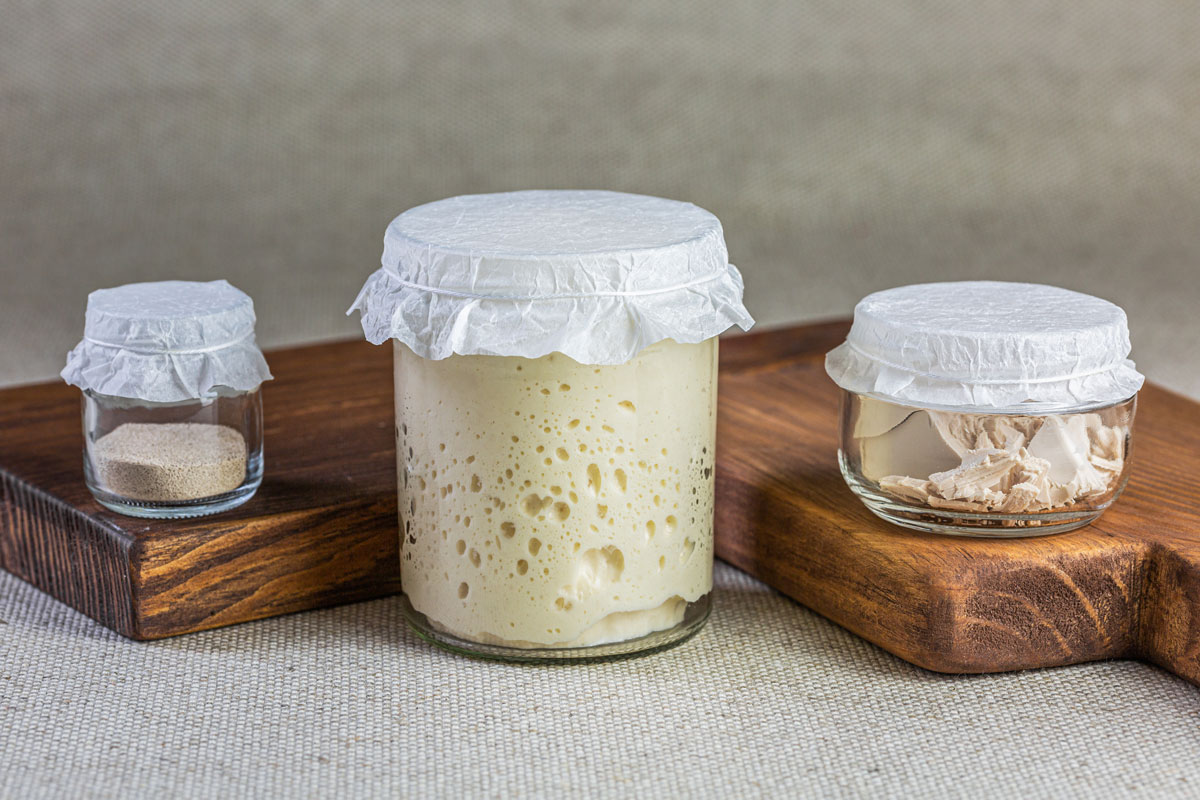
1. Rapid Dry Yeast
It's similar to instant yeast but has additional additives that allow you to use it without proofing. These additional enzymes enable you to skip the rising process and start kneading the dough after mixing it with dry ingredients.
2. Fresh Yeast
This type activates faster and stays active longer. It comes in a block of a single organism. It's popular with master chefs. Fresh yeast will give the same results as active dry yeast in the hands of an expert.
3. Instant Yeast
Instant yeast has become the most commonly used form of yeast since its introduction in the 1970s. It doesn't need proofing at all. Recipes that call for instant yeast require you to mix it with dry ingredients.
4. Active Dry Yeast
Active dry yeast is ideal for bread recipes. It requires proofing at all times. Active dry yeast has tiny granules that activate in warm water and sugar or honey. It can also be retarded longer when baking bread.
How Do You Know Your Yeast Is Still Good?
Strange as it may sound, yeast is a living thing. It's a leavening product, and you need to know if it has retained this quality after prolonged storage.
To find out if both instant and active dry yeast are fresh, add them to warm sugar water. Let it rest for 10 minutes. If you see it frothy and domed, it's alright to use.
How Long Can You Store Yeast?
Both instant and active dry yeast can last a long time if not opened. However, yeast has an expiration date.
Instant and active dry yeast should be stored in a cool, dark place. The yeast has a shelf-life of 2 years from the manufacture date.
Once you open yeast, store it in a refrigerator or in the freezer. It'll stay viable for 4 months in the fridge and 6 months in the freezer.
You should store fresh yeast in the refrigerator for 2 weeks once opened. Though, if you see that the fresh yeast is molding, crusty, or hard, throw it out.
Is It Alright To Use Expired Yeast?
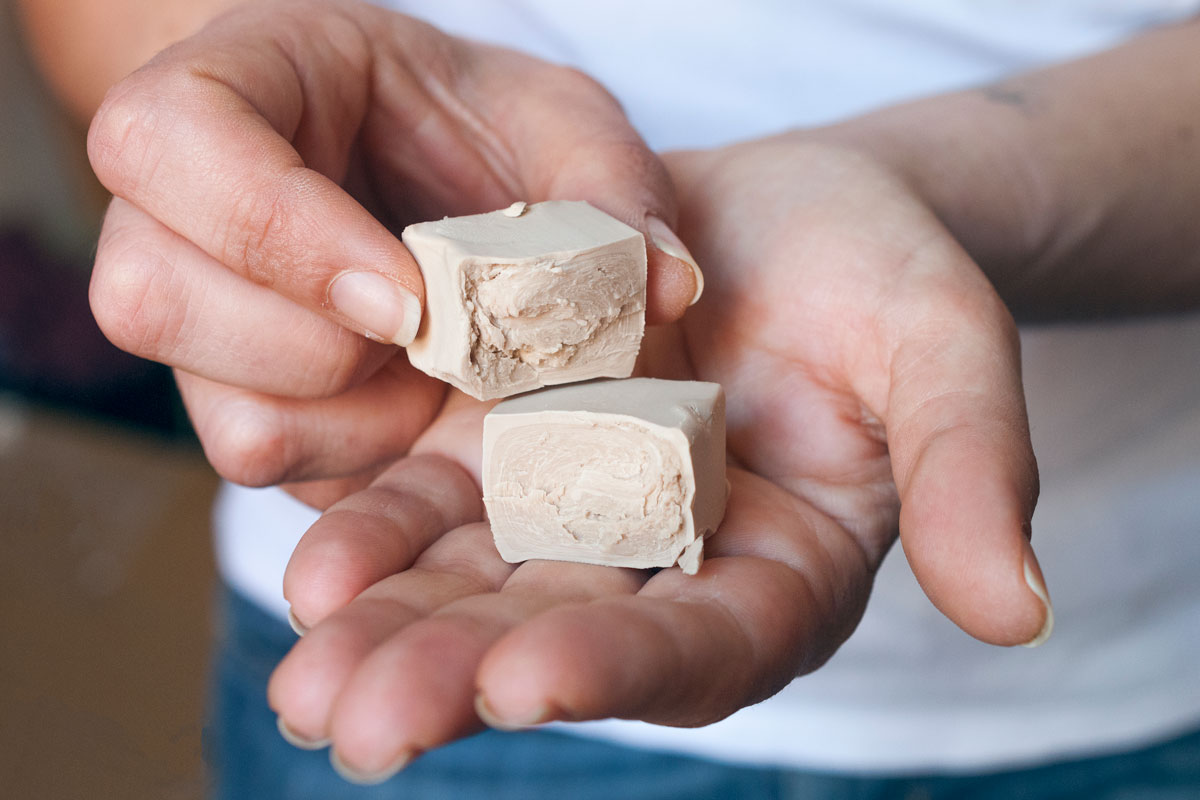
You can use expired yeast, as long as some of it is still active. But, it'll take longer to proof, and it won't have enough active ingredients. Use expired yeast for bread recipes that don't need eggs.
How To Store Yeast
You need to ensure that air, moisture, and heat don't get in contact with the yeast while it's in storage.
When storing yeast in the fridge after it's opened, it needs to be in a Ziploc bag or in an airtight container. Remove all air from the Ziploc bags to create a vacuum effect.
Check out this airtight canister on Amazon
Can You Use Frozen Yeast?
Yes, you can! You should thaw the yeast before you use it. Instant or active dry yeast doesn't require a lot of work to thaw. You can leave the yeast on the kitchen counter for an hour and a half so it can reach room temperature.
When thawing fresh yeast, you'll need more time depending on the size of the blocks you froze. You could use warm water or flour (also known as the sourdough technique). It could take up to 12 hours to thaw a large block of fresh yeast.
Here is a quick tutorial on how to thaw fresh yeast correctly.
What Is The Right Temperature To Proof Yeast?
To proof yeast, you'll use warm water. However, what is the ideal water temperature for proofing yeast? You don't want to kill the yeast, but activate it.
The ideal water temperature should be 79 to 100 degrees Fahrenheit. The fermentation process is activated at this optimal temperature.
In lower water temperatures, the yeast won't ferment at all. More than that, at water temperatures higher than 140 degrees Fahrenheit, the yeast will die!
Ideal Temperature For Storing Yeast
It is alright to store yeast in the fridge or freezer. However, you will need to ensure the temperatures aren't too cold. Ideally, store yeast in your fridge at 33 to 38 degrees Fahrenheit or 1 to 3 degrees Celsius.
Which Recipes Require Fresh Or Dry Yeast?
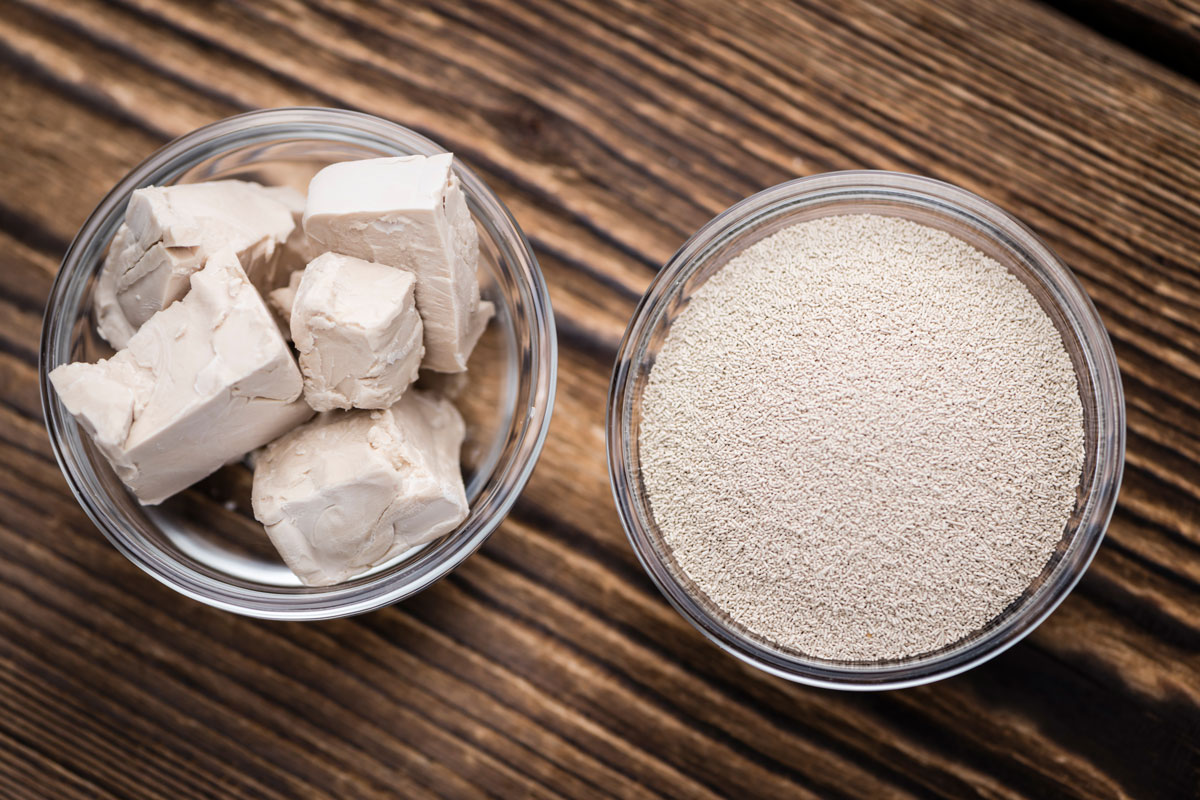
Fresh yeast is best for breads that take a long time to rise and need more time. It's because fresh yeast contains 70% moisture and stays active longer. According to most bakers, this quality makes the bread softer.
Instant and active dry yeast is perfect for breads, rolls, and buns that don't need a lot of time to rise. You can use it for pastries that require lots of sugar too!
Fresh yeast has a short shelf life of 2 to 3 weeks. If you bake a lot, it is a good choice.
What Does Retarding Bread Dough Mean?
Retarding bread is when you slow down the rising process. Baking can be tedious if you have a busy schedule. But this doesn't mean that you should forgo fresh croissants or hot cinnamon rolls for breakfast.
You can have the bread dough proof more slowly in the refrigerator. Lower temperatures retard the rising process. It allows you to bake your bread or rolls at a more convenient hour.
Can You Use Instant Yeast In A Bread Maker?
Yes, you can use instant yeast in a bread maker! You might see bread machine yeast or rapid rise yeast in the grocery store. Don't panic! They are just other forms of instant yeast that you can use.
Have a look at this bread machine on Amazon
Check out the following video on how to bake bread using a bread machine.
Can You Use Yeast In Gluten-Free Bread?
First, not all yeasts are gluten-free, for example, baker's yeast. Second, most types of gluten-free bread flour mixes work well with yeast.
Gluten-free bread doesn't use wheat, rye, or flour that contains gluten. Gluten-free bread uses flour made from legumes and grains. Check the yeast package to confirm there is no gluten.
A Gluten-Free Bread Recipe
Gluten-free bread recipes aren't much different from ordinary bread recipes. The key difference is that gluten-free recipes don't use the traditional flours you know.
The following recipe is not only gluten-free. It promises all that you love and understand about bread. The recipe doesn't call for a bread machine. An oven will work excellently.
You will need:
- All-purpose gluten-free flour
- Apple cider
- Honey
- Olive oil
- Baking powder
- Instant yeast
- Egg whites from
- Salt
The procedure is simple.
- First, preheat your oven to 350 degrees Fahrenheit.
- Grease a 9"x 4" Or 9"x 5" bread pan.
- Mix the flour and yeast in a bowl.
- Add honey, apple cider, olive oil, and warm water to the flour mixture.
- Add the egg whites and mix everything for a minute.
- Pour the dough into a pan and cover it with a greased plastic wrap.
- Let it sit for 30 minutes, then put it in the oven and bake it for another 30 minutes.
- Remove the pan from the oven and let the bread cool for 10 minutes.
- Place the bread on a wire rack to cool it completely before slicing.
Always try something new! Remember, all the ingredients should be at room temperature, and measure everything correctly.
Final Thoughts
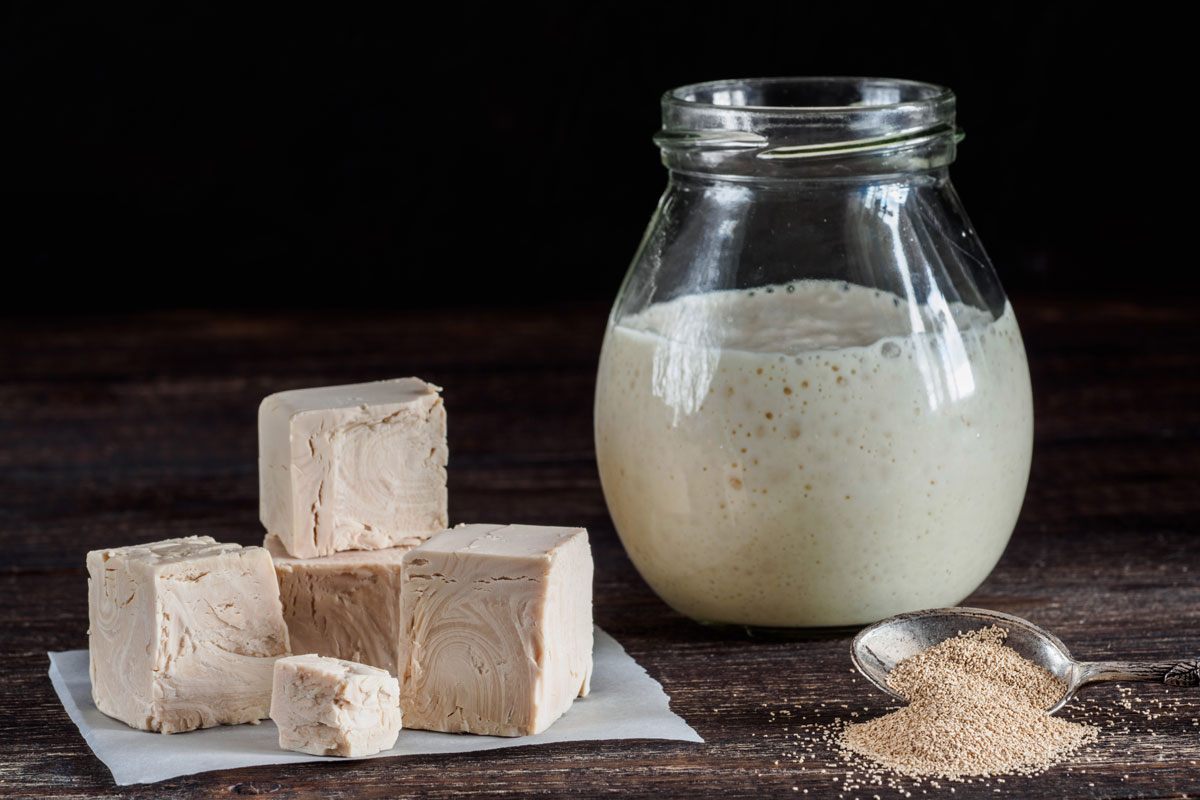
Instant yeast, as the name suggests, doesn't need proofing at all. Mix it into the dry ingredients before adding the wet ones.
Experiment with other types of yeast to compare and contrast the results. Busy bees can use the retarding technique to enjoy freshly baked buns, breads, and rolls at a later time!
Here are some interesting posts for your perusal:
What Happens If You Bake A Cake Without Eggs?



